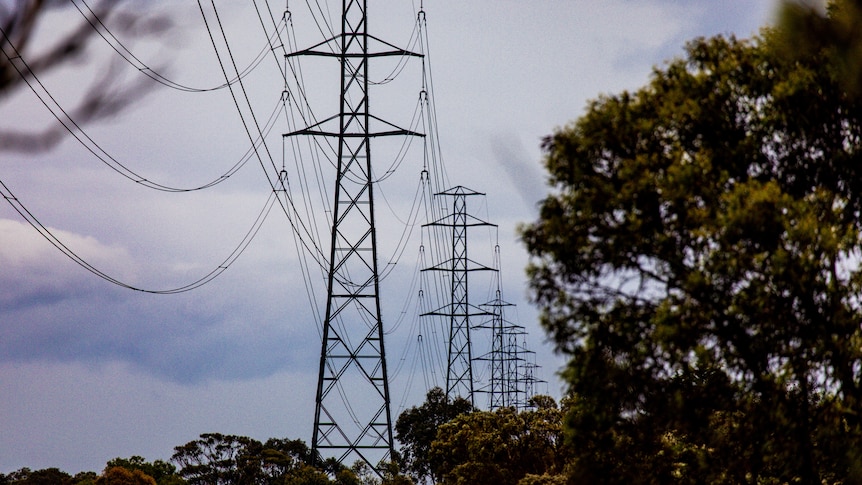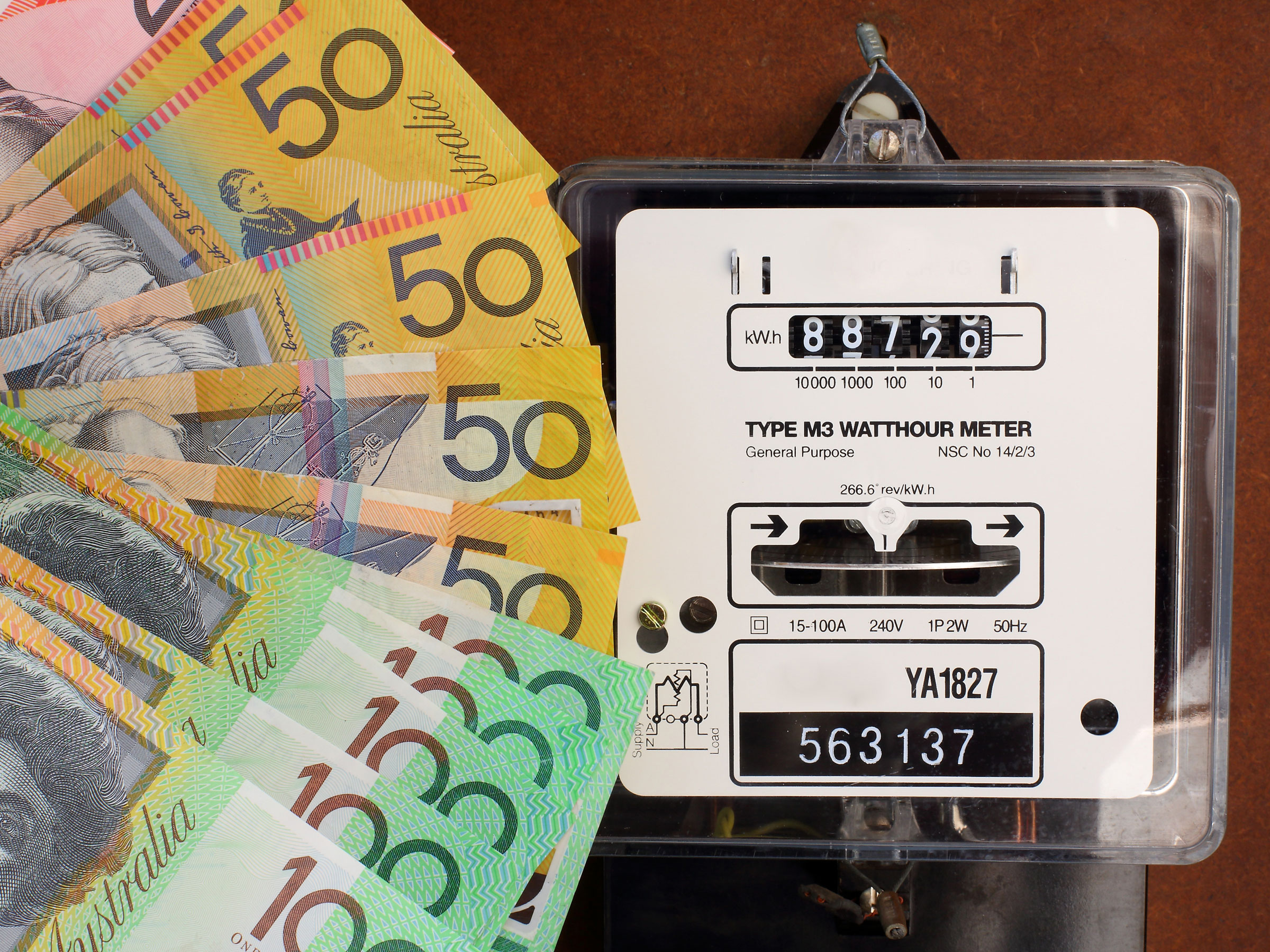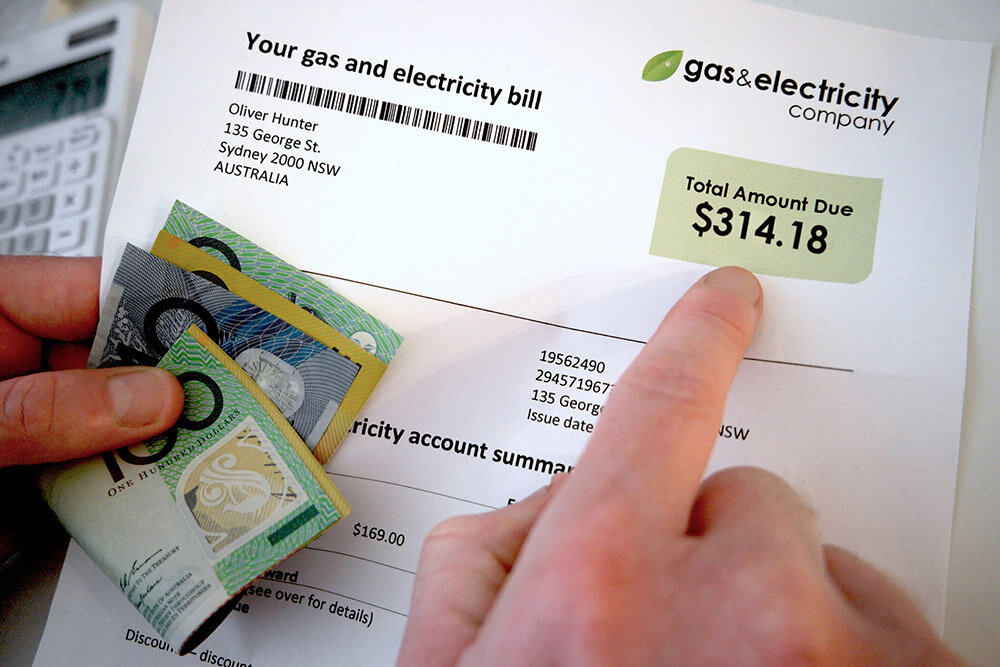
In modern society, electricity stands as a critical commodity that powers our lives, animating our homes, driving us through our busy schedules, and being the invisible lifeblood of humanity itself. However, for the average Australian, electricity costs have slowly become a subject of economic concern.
This has been due to a steady rise in the cost of electricity observed over recent years in Australia. This perplexing situation has left a significant portion of the Australian population, policy-makers, researchers, and economists in heated debates and analyses, striving to interpret the crux of this complex problem.
This comprehensive article aims to provide an insightful analysis of the various key factors affecting the surge in electricity prices across Australia. This topic is meticulously segmented and braided to offer a detailed comprehension of the soaring electricity costs.
High Electricity Rates and Their Impact
It has become quite apparent in modern-day Australia that the cost of electricity is sky-high compared to global standards. It’s not merely a negligible or minor expense. Instead, for an average Australian, the electricity bills demand considerable budgetary planning.
The infrastructure and mechanics of electricity generation, the location of power plants, the process and cost of transmission, and the cost of retailing the final product all converge on the electricity rates.
To begin with, the process of electricity generation remains a resource-intensive exercise. The generative industries utilize numerous materials in the initial stages and, together with other components such as sophisticated machinery, expensive labor costs, and continuous maintenance, contribute significantly towards the final cost of electricity.
In addition, the colossal power plants are generally located kilometers away from populated areas, so long-distance transmission contributes to increased costs as well.
The Influence of Australia’s Unique Climatic Conditions

Perhaps one of the most pertinent yet lesser-known factors influencing Australia’s power bills is the country’s vast and varied climatic conditions. The weather conditions in Australia vary greatly from the sweltering summer heat of Perth to the frosty winters of Tasmania.
These extreme weather conditions necessitate increased electricity usage for heating or cooling homes, thus giving rise to steeper electricity bills.
Similarly, the seasonal variances experienced across different regions in Australia play a significant role in energy consumption patterns. Peak summer and winter periods can strain the national grid due to a surge in electricity demand to accommodate cooling and heating needs.
And when increased demand meets limited electricity supply, the result is an inflated electricity bill.
Households interested in trimming their electricity bill could seek assistance from a certified electrician who can help uncover any inefficiencies in their heating or cooling systems. Optimizing these systems can decrease energy use significantly, easing the toll on the electricity bill during seasons of extreme temperature fluctuations.
Household Energy Consumption Patterns
Australian households exhibit a myriad of habits and variations when it comes to energy consumption. This relies heavily on a wide range of factors, including the number and age of occupants in a home, the kind of appliances used, routine schedules, and lifestyle choices. Nevertheless, some specific trends cut across the majority of houses.
Generally, households consume copious amounts of electricity during particular periods of the day, commonly known as ‘peak hours’. This usually happens in the morning and evening when everyone is home, and various activities are taking place, including cooking, showering, cleaning, or entertainment.
Appliances such as refrigerators, air conditioners, heaters, and washing machines have earned the reputation of being notorious “energy-guzzlers”. These appliances, when used concurrently and for prolonged periods without energy-efficient practices, can result in astronomical utility bills.
Understanding the energy consumption nuances of these appliances and switching to energy-saving models can make a significant difference in the amounts reflected in the monthly utility bill.
Additionally, it’s crucial to ensure the safe and efficient operation of your home’s electrical system. A certified electrician can help uncover any issues that might be contributing to higher energy bills, such as faulty wiring, outdated equipment, or inadequate insulation.
Regular inspections and maintenance can go a long way in promoting energy efficiency and preventing potential safety hazards.
The Structure of Regulation for Electricity Prices

The regulatory landscape that creates the framework for electricity pricing in Australia is a colossal piece of the electricity pricing puzzle. Different regulations oversee several elements related to energy supply and its usage, with policies to regulate and ensure affordable access to electricity, promote sensible energy use, and work towards reducing carbon emissions.
Regulatory mandates such as the renewables obligation, necessitating electricity suppliers to provide a specific percentage of their energy from renewable sources, elevate the discourse further.
These earth-friendly initiatives are immensely beneficial for curbing greenhouse-gas pollution but come with their cost baggage that unfortunately often seeps into the consumers’ expenditure. This adds another layer of complexity to the cost structure of the energy prices consumers eventually face.
Relevance of Infrastructure in Electricity Billing
Infrastructure in the electricity grid is a sleeper factor that affects electricity costs. Australia’s power supply system involves a labyrinth of physical infrastructure – from power plants and transmission lines to distribution networks and substations.
The cost of building, maintaining, and operating this hardware is enormous and this has a definitive impact on electricity prices.
The infrastructure footprint extends to the fixed costs associated with maintaining the robust, wide-reaching distribution network. Traditional power systems require regular maintenance and repair, which further intensifies the cost burden.
The cost of upgrading this infrastructure to accommodate new developments, or to replace equipment at the end of its useful life, also factors into the final price of electricity doled out to the end consumer.
However, with the advent of technology, there is hope. Technological advancements promise new methods of energy generation and transmission, potentially lessening the financial strain on consumers.
Conclusion

As we delve deeper into this subject, we come face-to-face with the intricate magnificence and complexity of elements that collectively shape Australia’s electricity prices.
High electricity rates caused by the cost of generation and transmission, unique yet extreme weather conditions, driving usage patterns, individual habits regarding the consumption of energy, and the substantial backbone of regulations and infrastructure – all coalesce into orchestrating the tune played on Australians’ electric bills.
As consumers, it becomes indispensable to be aware and vigilant of our role in the grand scheme of things.
Cultivating efficient habits, optimally using energy-burning appliances, understanding peak times and the concept of off-peak rates, managing consumption meticulously during climatic peaks, and staying informed – these are small yet powerful actions that craft the bigger picture in the context of energy usage and consumption.
Every small step that was taken towards energy efficiency is, in reality, a significant stride towards improved financial health, sustainable living, and a healthier planet.












